How To Reduce Tariff Costs: Tips for Kickstarter Creators
As U.S. Tariff changes continue to impact creators, here are some tips to help you keep going.
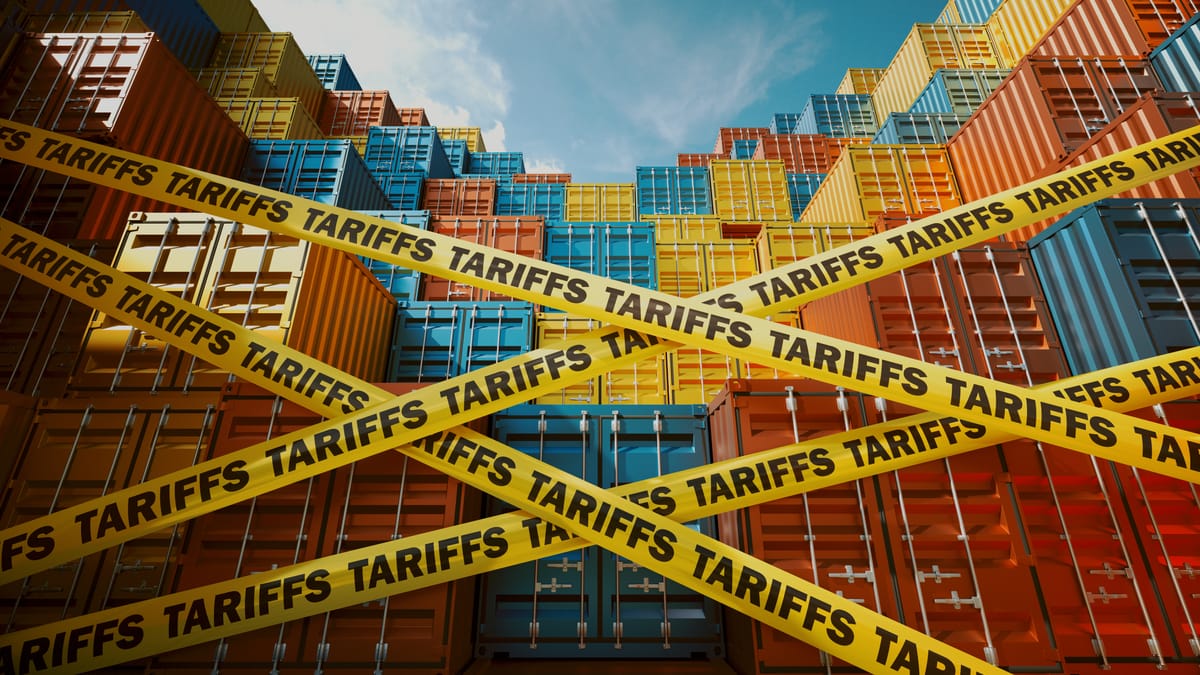
Your campaign funded in 15 minutes, and raised 18 times its goal. Manufacturing started on time and is set to be done early.
But then your supplier emails you: “tariffs are increasing by 25%.”
Your margins just evaporated.
This is not a hypothetical. It happened several times in 2025. In fact, tariff rates have changed 20 times in 2025 alone. Some rate changes came with delays for implementation time, but others didn’t.
Also making the headlines is the fact that the de minimis exemption was eliminated on August 29. That means small packages no longer slide through customs without fees.
It’s a complicated financial environment out there. It’s awfully hard to lock in campaign prices if you can’t know your real costs. And it’s hard to commit to suppliers if you think rates are about to spike again.
But that doesn’t mean you have to give up your Kickstarter campaign ambitions. Campaign timelines might not line up with trade policy timelines, but that doesn’t mean there is nothing you can do.
There are plenty of decisions that you can make to minimize your risk without slowing down your campaign.
So let’s talk about timing.
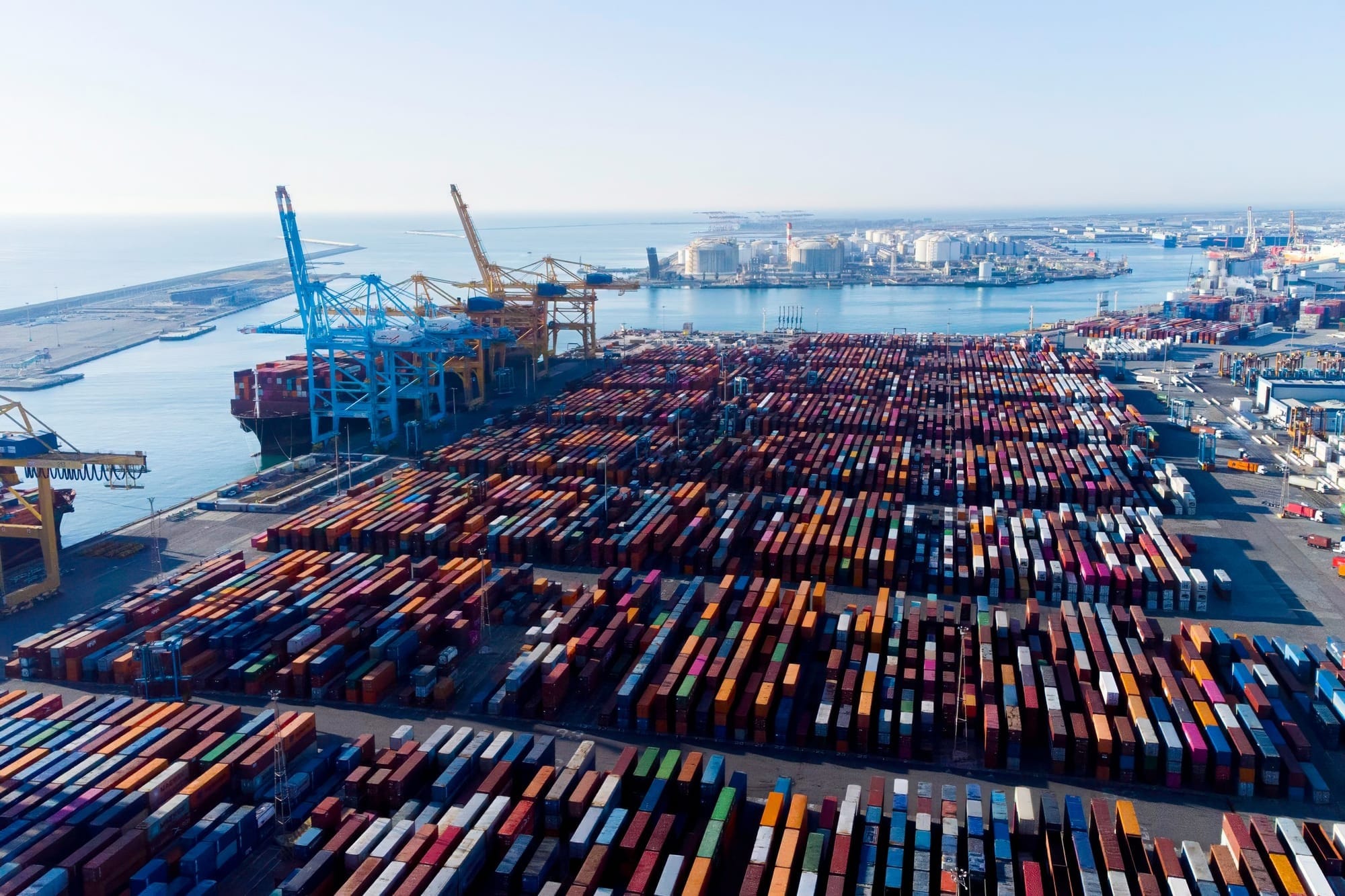
Before You Launch
Long before you launch, there are a number of things you can do to grant yourself some much-needed flexibility when it comes to supply chain matters.
1. Line up multiple manufacturing options.
You want to develop multiple viable relationships without rushing.
Research HS codes during your prototype phase, not after final design. This code, as well as country of origin, will determine which tariff rate applies to your product.
This is particularly important to pay attention to because your prototype might classify as one thing, but adding a battery or changing materials can shift you into a completely different tariff category.
Develop relationships with suppliers in 2-3 different countries. Don't commit to any single supplier yet. If you can manage it, get binding quotes from each that include tariff escalation clauses. Something like: "If tariffs on this product category exceed 20%, pricing adjusts to [specific formula]."
The goal is having multiple plausible options ready, not locking yourself into relationships before you understand the full cost picture.
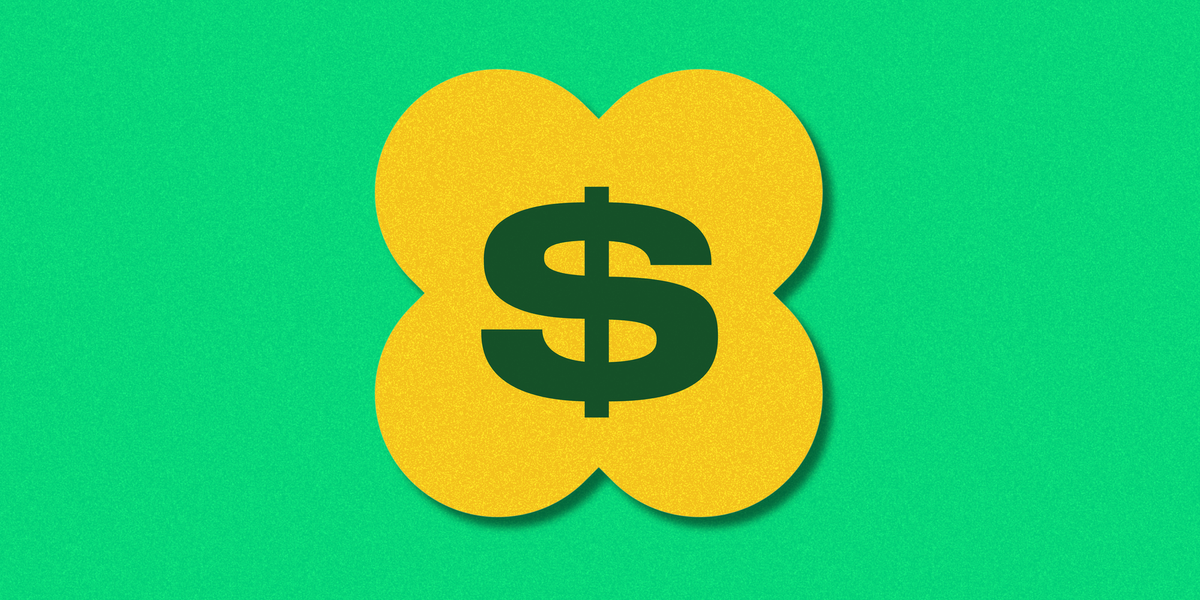
2. Come up with landed cost estimates.
You can use tools like SimplyDuty for current tariff rate estimates. Combine this with information about manufacturing cost, freight shipping, and order fulfillment, and you can figure out the whole cost that’s required to make a product and ship it to your customer. That’s your landed cost.
As you do this, make sure you add a 15-20% buffer to account for potential unexpected cost increases—including, but not necessarily exclusively tariffs—during your campaign and fulfillment.
Calculate your breakeven points at different tariff levels. Know where your red lines are before you finalize campaign pricing. And once you get to the point that you can finalize product price, make sure you still don’t collect shipping revenue until the last possible minute. Shipping rates, be it because of tariffs or simple postage hikes, are notoriously volatile.
And if you need help with this? You can always reach out to a customs broker early and ask for their advice.
3. Talk to multiple fulfillment partners.
If you expect to have more than a few hundred orders, you will probably want to work with one or more fulfillment centers (also known as third-party logistics providers, or 3PLs).
You’ll want to choose 3PLs with tariff expertise and international capabilities.
Ask directly: Can you handle customs clearance? How do you handle VAT compliance for EU shipments?
Set up regional fulfillment if your volume justifies it. That is to say, for each region you have a warehouse, you’ll only pay tariffs once. And that rate will be based on the wholesale cost of bulk imports to each region—not retail. A huge difference!
And once you have your goods stored within a country or a region like the EU, you can then distribute locally without additional cross-border fees.
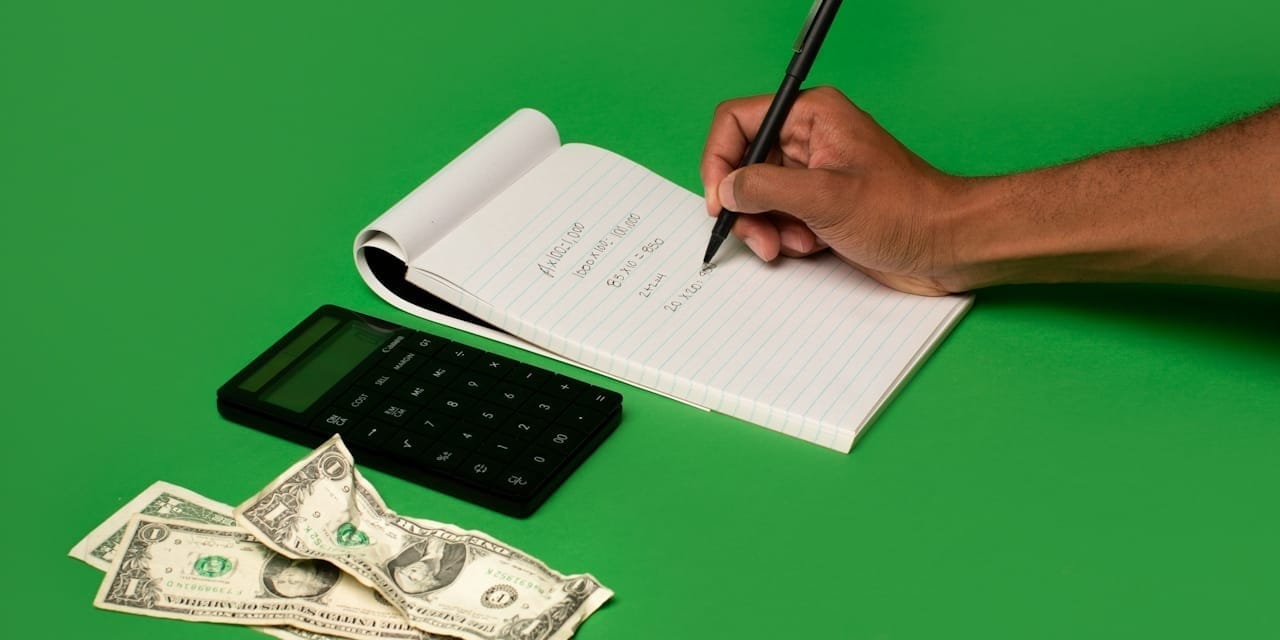
While the Campaign is Live
Once the campaign is live, you won’t be able to make radical changes to the nature of your product or its cost. But that doesn’t mean that you sacrifice all flexibility. And in fact, the new information you gather during the campaign will only do you favors.
1. Pay attention to where your backers live.
Monitor your backer geographic distribution in real time. If you're getting more EU backers than expected, that changes your fulfillment calculations.
Based on the breakdown of where your backers live, you’ll want to track trade policy announcements affecting your timeline.
2. Offer Reassurance – But Be Careful What You Promise
Yes, you need to be transparent and honest with backers about how your campaign is going and the obstacles you run into.
That said, also be careful not to lock in shipping rates prematurely. It can take a long time to fulfill a campaign.
Postal rate hikes and inflation alone have spiked shipping costs in the past, and have made creators regret promising $10 shipping in 2019 for a product that cost $13 to ship in 2021. Tariffs are an entirely different ball game and the volatility they add to shipping costs is greater.
Definitely do provide shipping cost updates to backers when conditions change significantly. Not every minor rate adjustment needs an update, but major changes do deserve explanation.
3. Use backer data to update your manufacturing, freight, and fulfillment cost estimates.
Use your actual backer data to finalize supplier orders. Once you know how many orders need to go to the US, EU, Australia, and so on, you can tell how you ought to distribute the inventory across the globe.
After Funding, Before Fulfillment
Once you have funds in hand, manufacturing will begin. And it’s this stretch from funding to fulfillment that is the highest risk portion of your project and the part with the lowest flexibility.
Here’s how you handle it.
1. Choose manufacturers based on the latest landed cost math.
Before you commit to manufacturing, double check the tariff situation. And then double check where your backers are from too. This is going to determine which manufacturer will be able to provide product for the lowest per-unit cost.
2. Pay attention to trade news during manufacturing.
I’ll level with you: from the period between manufacturing starting to products clear customs is the highest risk period in terms of tariffs. If there is a tariff hike a month after your product manufacturing starts, your options are very limited.
So stay in touch with your suppliers. Trade uncertainty makes everyone nervous and being a good communicator is going to help.
That goes for your relationship with backers too. Manage their expectations proactively and provide updates when you can.
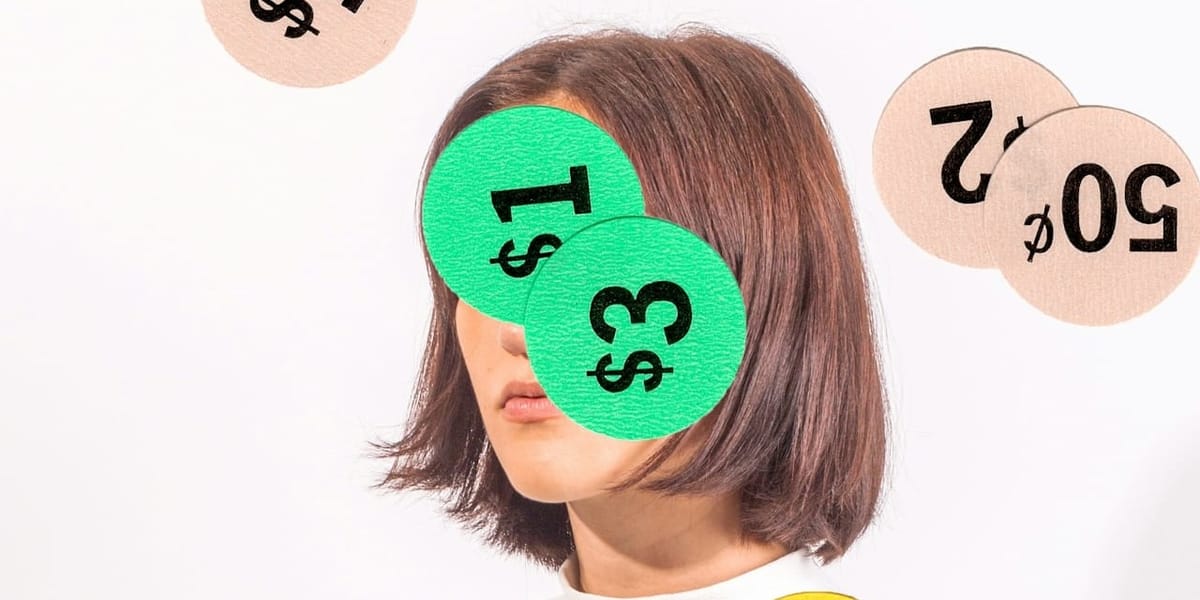
3. Work with a customs broker.
Because of the complexity of the current trade environment, it’s generally a good idea to work with someone who can help you with customs clearance. Many 3PLs provide this service or can connect you with a trusted partner that will.
Working with a customs broker means you won’t have to figure out everything trade policy related on your own. And if something happens during this particularly vulnerable stage, they will be best suited to give you advice that is specific and actionable in your situation.
Building Backup Plans
After your campaign has funded, you will need to ultimately ship products to your backers. But given the complexity of our current trade environment, the way that gets done might not exactly line up with what you imagined.
And that’s completely OK.
Here are four things you can do to increase your flexibility in case trade policy goes sideways after funding:
1. Have more than one possible supplier.
Maintain active relationships with secondary suppliers throughout your campaign. This doesn't mean ordering from them, but staying in contact and keeping quotes current.
If the total landed cost math makes sense, you might even consider component sourcing from multiple regions to optimize total costs.
2. Know your 3PL options.
I mentioned this before, but it bears repeating. If you develop relationships with multiple 3PLs, it will come in handy if you need to shift inventory from one country to another quickly.
It might also be a good idea to look into free trade zones as well. If you find yourself eligible, you might be able to defer or eliminate tariff charges entirely.
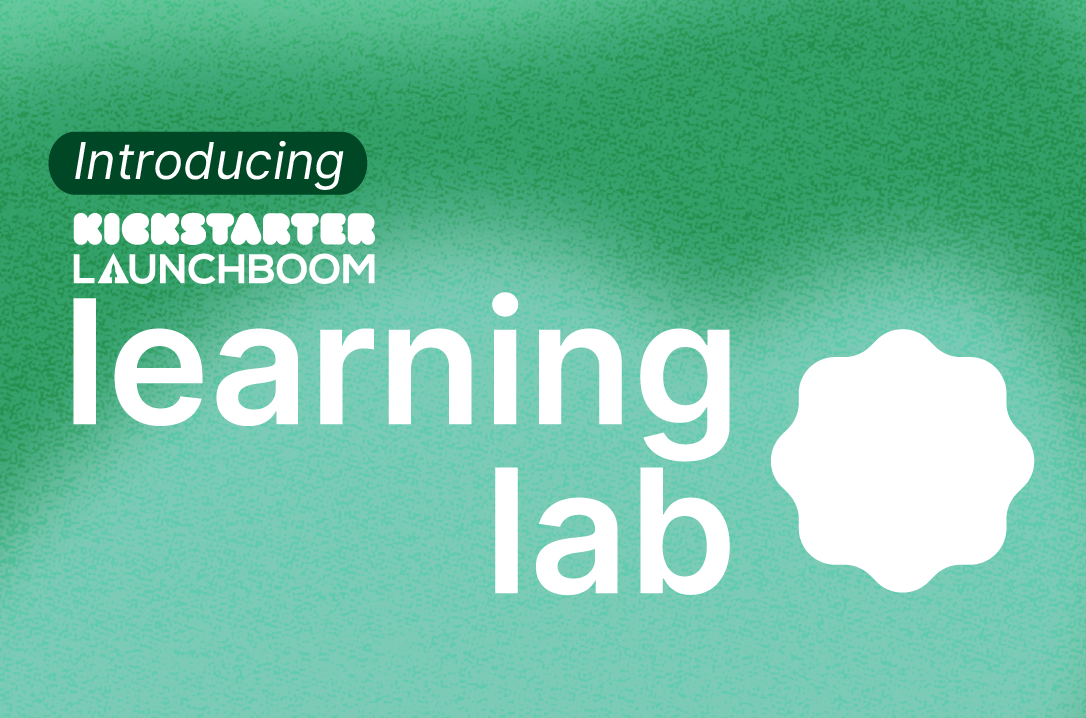
3. Pad your budget.
Set aside 15-20% of your manufacturing budget as cost contingency. This isn't pessimism—it's realistic planning for volatile conditions.
Structure rewards to absorb some cost increases without breaking promises.
4. Be open and honest with your backers.
Do yourself a favor and write update templates for different cost change scenarios while you're thinking clearly, not when you're under pressure. That way, you’ll have the comfort of knowing roughly what you’ll say if something surprising and strange happens.
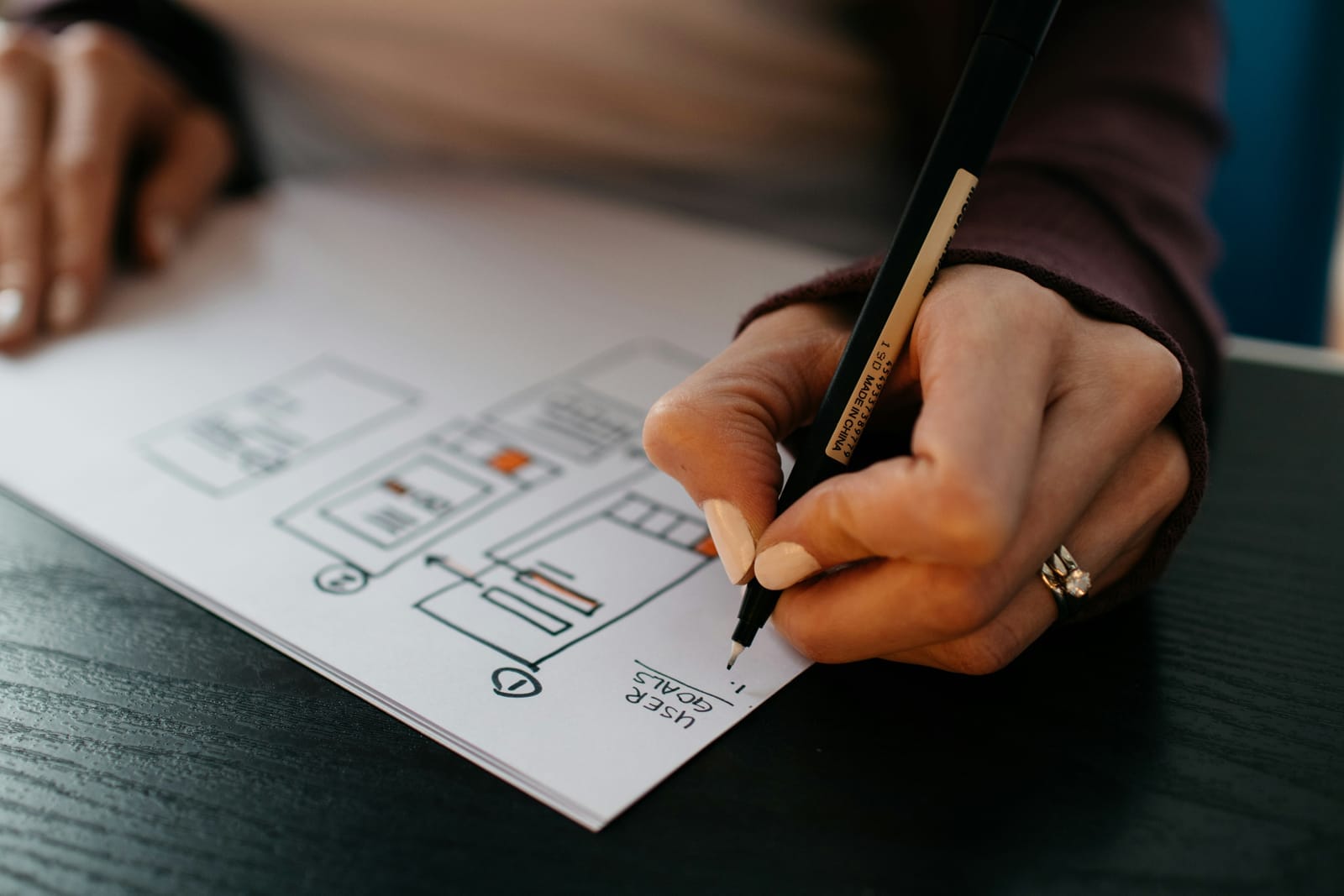
The Bottom Line
Timing your tariff-related decisions isn't about predicting the future. It's about building flexibility into your campaign timeline so you have options when conditions change.
The creators who will win big in this volatile trade environment aren't going to be the ones avoiding international markets. They'll be the ones building timing flexibility and backup plans into their campaigns from day one.
Start planning these timing decisions now, before you launch. That way, you won’t have to spend time scrolling through the news trying to find information on the latest tariff rates. You’ll have multiple paths to success.
Brandon Rollins is the Director of Marketing at Fulfillrite, proud provider of order fulfillment you can trust for eCommerce and crowdfunding.




